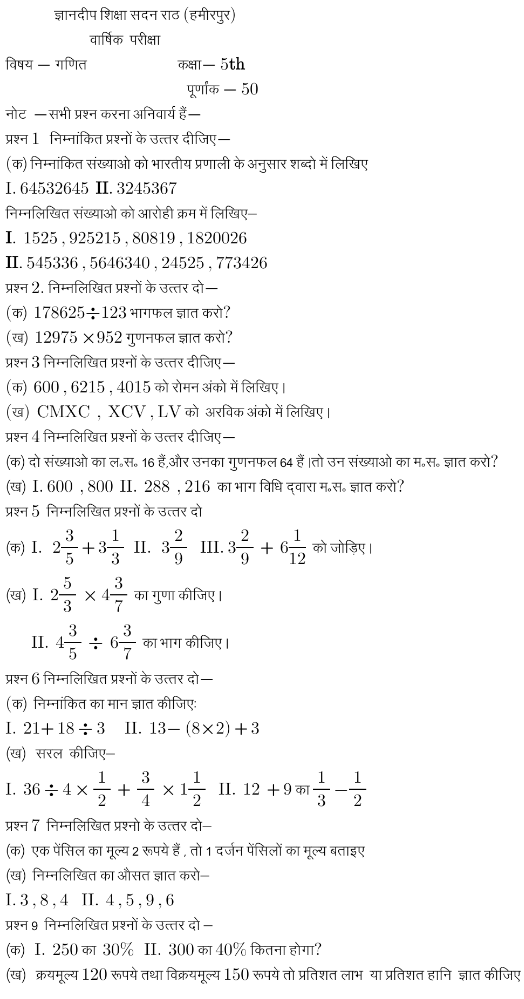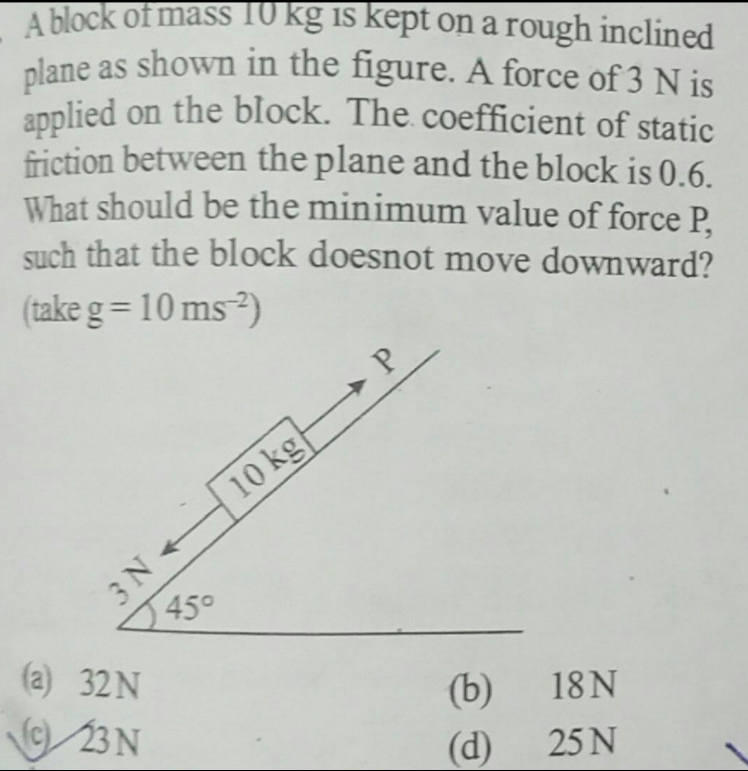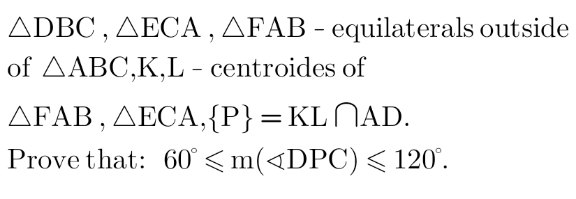
AllQuestion and Answers: Page 503
Question Number 169195 Answers: 0 Comments: 0

Question Number 169191 Answers: 0 Comments: 0
Question Number 169169 Answers: 0 Comments: 3

Question Number 169166 Answers: 1 Comments: 4
Question Number 169164 Answers: 1 Comments: 2

Question Number 169159 Answers: 1 Comments: 1
Question Number 169257 Answers: 0 Comments: 0

Question Number 169256 Answers: 0 Comments: 0

Question Number 169253 Answers: 1 Comments: 0
$$\int\frac{−{sinx}}{{e}^{{x}} }{dx} \\ $$$$ \\ $$$${Mastermind} \\ $$
Question Number 169155 Answers: 0 Comments: 0
Question Number 169182 Answers: 2 Comments: 1
Question Number 169148 Answers: 0 Comments: 2
Question Number 169147 Answers: 0 Comments: 2
Question Number 169145 Answers: 1 Comments: 0
Question Number 169142 Answers: 2 Comments: 1

Question Number 169140 Answers: 0 Comments: 0

Question Number 169139 Answers: 0 Comments: 3

Question Number 169138 Answers: 0 Comments: 0
Question Number 169130 Answers: 1 Comments: 0
Question Number 169120 Answers: 3 Comments: 0
Question Number 169117 Answers: 3 Comments: 0

Question Number 169115 Answers: 0 Comments: 0
Question Number 169112 Answers: 1 Comments: 1

Question Number 169105 Answers: 1 Comments: 1

Question Number 169101 Answers: 1 Comments: 0
Question Number 169092 Answers: 1 Comments: 0

Pg 498 Pg 499 Pg 500 Pg 501 Pg 502 Pg 503 Pg 504 Pg 505 Pg 506 Pg 507
